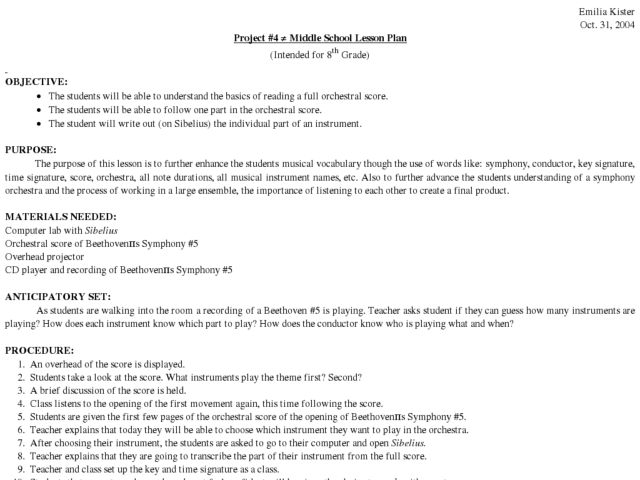


The two performers continue this until the second performer has shifted 12 eighth notes and is hence playing the pattern in unison with the first performer again (as at the beginning), some 144 bars later. The other claps the same pattern, but after every 8 or 12 bars shifts by one eighth note to the right. Instead of phasing, one performer claps a basic rhythm, a variation of the fundamental African bell pattern in 12/8 time, for the entirety of the piece. However, he quickly found that the mechanism of phasing slowly in and out of tempo with each other was inappropriate for the simple clapping involved in producing the actual sounds that made the music. After the concert Reich realised that he could use this as the basis for work, not least as it could be performed with only a few people rather than taking two trucks of equipment.Ī development of the phasing technique from Reich's earlier works such as Piano Phase, it was written when Reich wanted to (in his own words) "create a piece of music that needed no instruments beyond the human body". However when they started clapping very loudly, Reich and his group, who were mainly percussionists, joined in. They ended in a club and watched a pair of musicians who by Reich's account were terrible guitarists and singers. After a concert in Brussels, the promoter asked him if they would like to go see some flamenco music. Reich and his ensemble were on tour in Europe in 1972. It is written for two performers and is performed entirely by clapping. Clapping Music is a minimalist piece written by Steve Reich in 1972.


 0 kommentar(er)
0 kommentar(er)
